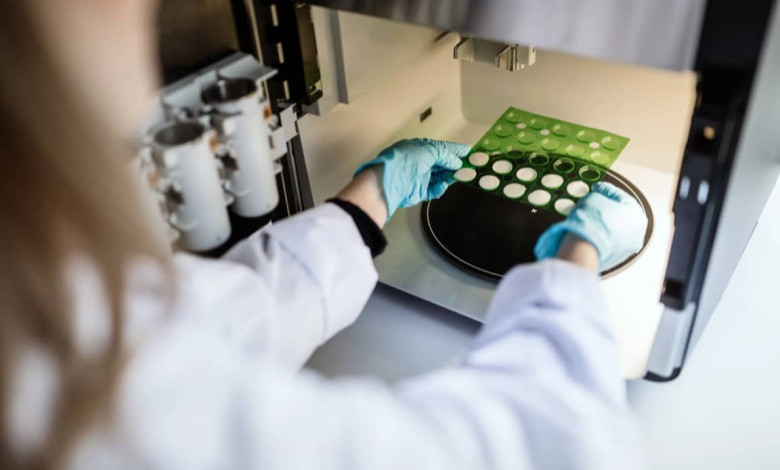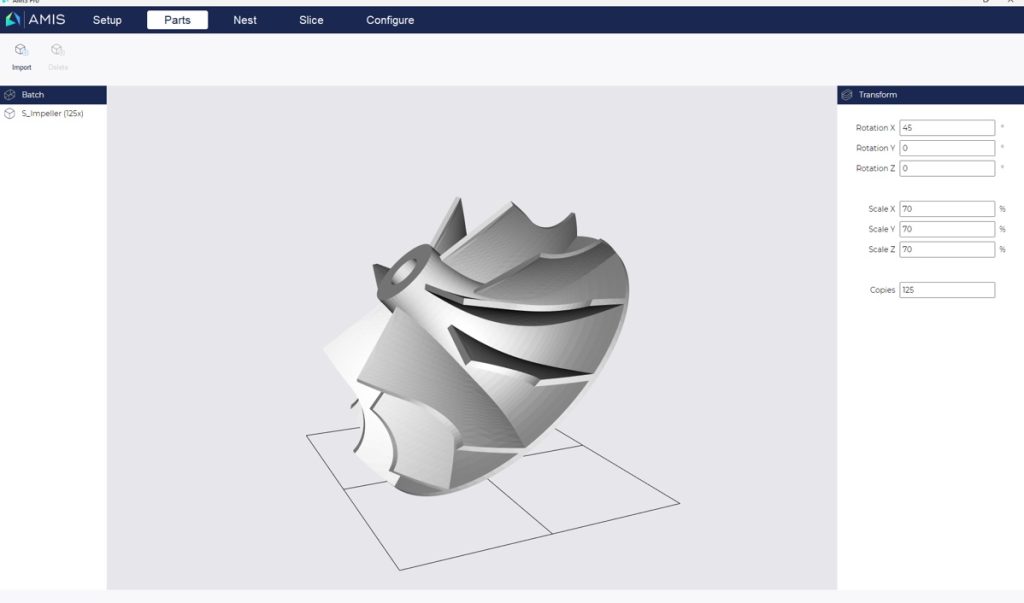Have you ever wondered how modern technology is revolutionizing healthcare? One fascinating development is the use of 3D printing for medicine administration. Imagine a world where instead of swallowing a generic tablet, you receive medicine that’s printed just for you, tailored to your specific needs. This isn’t science fiction; it’s reality, thanks to a groundbreaking partnership between APL and CurifyLabs.
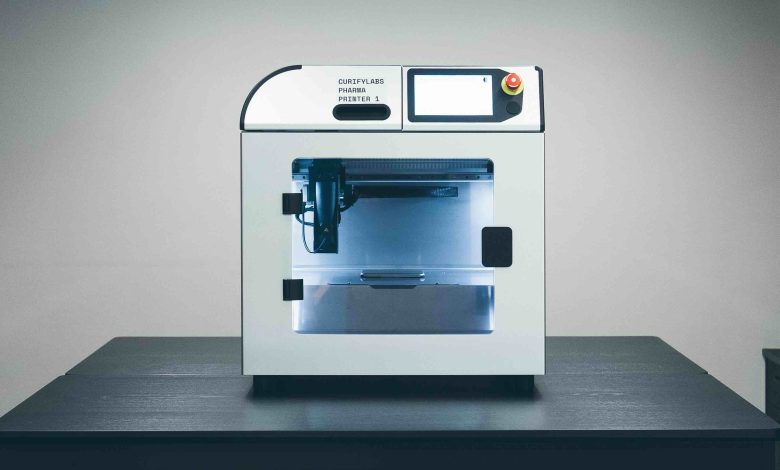
Buy Photon Mono M5 Get Free 1KG Resin
A New Horizon: APL and CurifyLabs Collaboration
Who Are APL and CurifyLabs?
Apotek Produktion & Laboratorier (APL) is one of Sweden’s largest manufacturers of extemporaneous medicines, specializing in custom-made pharmaceuticals that aren’t available as standard commercial products. APL’s expertise is crucial for patients requiring tailored medication solutions, particularly when standard treatments fall short.
CurifyLabs, on the other hand, is a Finnish health tech company that is making waves with its innovative approach to personalized medicine. Their main focus is on creating highly customized medicine manufacturing solutions, leveraging state-of-the-art technologies to better serve individual patient needs.
Why This Partnership?
This collaboration aims to address the significant challenge of administering precise doses of medicine to children and critically ill patients. Traditional pharmaceutical processes often provide one-size-fits-all solutions that may not be ideal for every patient. By integrating 3D printing technology, APL and CurifyLabs are poised to produce personalized dosages with unprecedented precision.
The Science Behind 3D Printing in Medicine
What Is 3D Printing?
3D printing, also known as additive manufacturing, constructs three-dimensional objects layer by layer from a digital file. Initially popular in fields like aerospace and automotive, this technology has found transformative applications in medicine.
How 3D Printing Works in Medicine
In the context of pharmaceuticals, 3D printing allows for the creation of customized medicine with specific dosages and forms. The process involves creating a digital model of the medicine, which is then printed using pharmaceutical-grade materials. This not only ensures precision but also enables the formulation of complex drug delivery systems that are difficult to achieve with conventional methods.
The Benefits of Precision
Traditional methods of medicine manufacturing often produce medications in bulk, leading to wastage and inaccuracies in dosing. In contrast, 3D printing allows for the production of precise dosages tailored to individual patient requirements. This minimizes wastage and enhances the effectiveness of the medication.
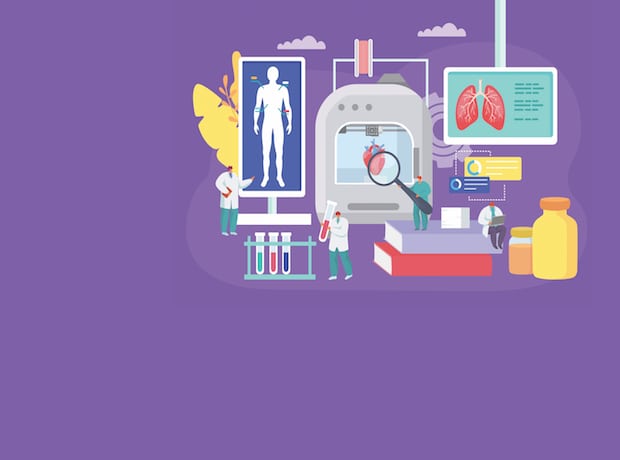
$30 off $400+ Anycubic Products with code AC30OFF
Advantages and Applications
Reducing Side Effects
One of the significant advantages of 3D printed medicines is the potential to reduce side effects. By tailoring the dosage to the exact needs of the patient, healthcare providers can ensure that patients receive the optimal therapeutic effect without unnecessary excess.
Flexibility in Dosage Forms
3D printing opens the door to an array of dosage forms, going beyond the traditional tablets and capsules. For example, medications could be produced as dissolvable films, chewable tablets, or even gummies, making them easier to administer, especially to children.
Promoting Sustainability
Traditional manufacturing processes often result in significant waste. By contrast, 3D printing can produce medicine with less material, reducing waste and promoting sustainability. This is particularly important as the pharmaceutical industry seeks to address its environmental impact.
The Road to Implementation
Current Progress
APL uses a manufacturing method that produces at least 100 capsules per batch. However, the integration of 3D printing technology allows for the production of small, precise batches, reducing waste and enhancing the sustainability of the process. Furthermore, this automated approach promises a safer working environment for staff, mitigating the risks of repetitive strain injuries and exposure to toxic substances.
What the Executives are Saying
Erik Haeffler, CEO of APL, has expressed enthusiasm for the partnership. “We are very impressed with CurifyLabs’ commitment to supporting us on our journey to address the urgent unmet needs of critically ill patients. 3D printing is an exciting technology that is well-suited to extemporaneous manufacturing,” he said.
Charlotta Topelius, CEO of CurifyLabs, echoed this sentiment, highlighting the potential for significant improvements in patient care. “APL has demonstrated its strong capabilities in extemporaneous medicines with high quality and consistency, which will be critical to accelerating our development efforts together,” she stated.
Timeline
APL expects to provide fully compliant and validated 3D printed extemporaneous medicines to the Swedish market by 2025. The first 3D printers are slated for delivery in September 2024, marking a significant milestone towards widespread adoption of this technology.
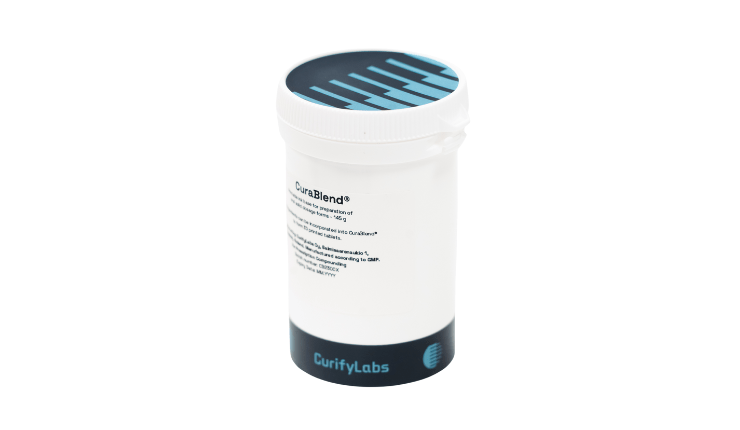
Challenges and Considerations
Regulatory Hurdles
One of the most significant challenges facing the widespread adoption of 3D printed medicine is regulatory approval. Ensuring that 3D printed drugs meet stringent safety and efficacy standards is crucial. Both APL and CurifyLabs are working closely with regulatory bodies to ensure compliance.
Technical Challenges
While promising, 3D printing in medicine still faces technical hurdles. Ensuring consistency and reliability in the printed medicines is a complex task. Additionally, scaling up production to meet broader market demands will require significant advancements in 3D printing technology and infrastructure.
Cost Implications
The initial cost of setting up 3D printing facilities can be high. However, the long-term benefits, such as reduced waste and the ability to produce customized dosages, may offset these costs. Understanding the economic implications is crucial for healthcare providers considering the adoption of this technology.
The Future of Medicine Administration
Broadening Applications
While the initial focus is on children and critically ill patients, the applications of 3D printing in medicine are vast. As the technology evolves, it could be used to produce a wide range of personalized medications, from simple pain relievers to complex, multi-drug formulations.
Integration with Other Technologies
The future of personalized medicine will likely see 3D printing integrated with other cutting-edge technologies. For instance, artificial intelligence (AI) can be used to analyze patient data and predict the most effective dosages and formulations. Combining AI with 3D printing could revolutionize the way we approach medicine administration.
A Patient-Centric Approach
Ultimately, the goal of 3D printing in medicine is to shift towards a more patient-centric approach. Personalized medicine ensures that treatments are tailored to the individual, improving outcomes and enhancing the overall patient experience.

Conclusion
The partnership between APL and CurifyLabs represents a significant step forward in the field of personalized medicine. By leveraging 3D printing technology, these two companies are poised to revolutionize the way we administer medication, particularly for children and critically ill patients. With the promise of precise dosages, reduced side effects, and sustainability, the future of medicine looks brighter and more personalized than ever.
As we look towards 2025 and beyond, it’s clear that the collaboration between APL and CurifyLabs is paving the way for a new era in healthcare. This innovative approach not only addresses current challenges but also opens up new possibilities for the future of medicine administration. So, the next time you take your medicine, remember that the future might just involve a 3D printer tailoring that dose specifically for you.
Buy Photon Mono M5 Get Free 1KG Resin
